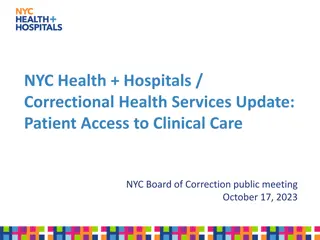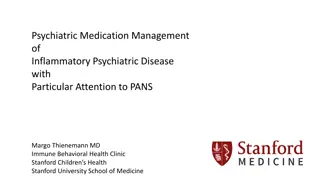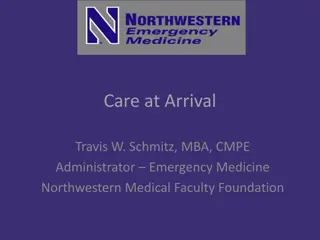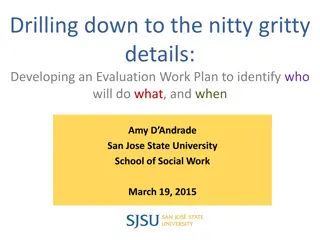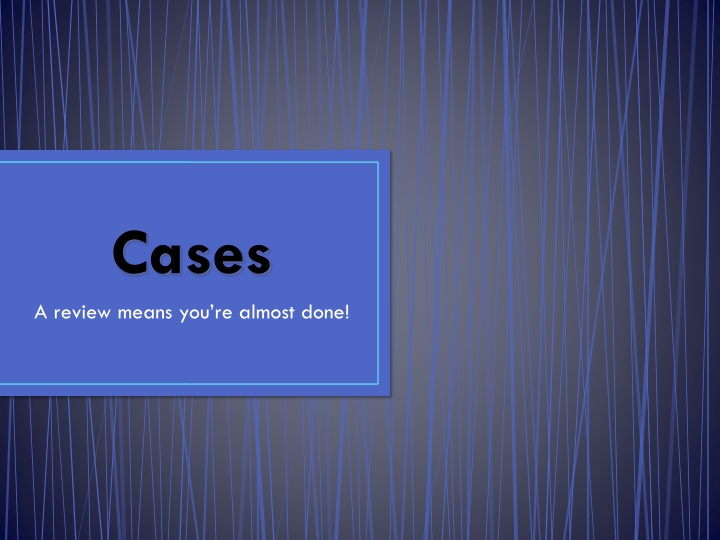
Comprehensive Patient Evaluation: Case Study and Treatment Plan
Patient Evaluation, Case Study, Treatment Plan
Download Presentation

Please find below an Image/Link to download the presentation.
The content on the website is provided AS IS for your information and personal use only. It may not be sold, licensed, or shared on other websites without obtaining consent from the author. If you encounter any issues during the download, it is possible that the publisher has removed the file from their server.
You are allowed to download the files provided on this website for personal or commercial use, subject to the condition that they are used lawfully. All files are the property of their respective owners.
The content on the website is provided AS IS for your information and personal use only. It may not be sold, licensed, or shared on other websites without obtaining consent from the author.
E N D
Presentation Transcript
Cases A review means you re almost done!
My Goals for Today 1. Review! 2. Allow you to practice a full patient eval 3. Present your findings as you would to a CI 4. See your beautiful faces
Heres the deal (Once I say go,) Break into 4 groups Patient referral History Each of you will ask your patient one question until your group feels you have enough information to progress to the examination Examination Each of you does one exam component until, again, you feel you have enough information to come to a consensus (MMT, ROM, etc, each equals 1 component) Special Tests?
The deal, continued Diagnosis? Intervention! As a group, come up with a few exercises to give the patient as an initial HEP Have the patient demonstrate their understanding! Present your findings! Present the case 2 people each demo 1 palpation 2 people each demo 1 special test 2 people each demo 1intervention
Subjective 24 y/o male LBP since stepping in a hole 1 wk ago Pain to gluts, groin, referring to lateral thigh Aggs: walking/running, doing laundry, prolonged sitting, turning in bed Eases: sitting for brief periods, advil Current pain: 3/10
Objective Observation: posture WNL ROM: trunk and hip WNL but painful MMT: 5/5 throughout Pain with hip extensor testing on R Standing: Gillet s: R PSIS moves superiorly with R hip flexion Iliac crest heights: symmetrical Palpation: Tender over gluteals, PSIS ASIS on R higher, PSIS on R lower
Objective SIJ provocation: +: anterior gapping, gaenslen s with LLE extended, sidelying posterior gapping -: posterior shear Relief with sacral apex test + long sitting test LLE longer in lying 90/90 HS length: -25 deg on R, -15 deg on L
Assessment R posterior innominate rotation!
Interventions! Muscle energy techniques to anteriorly rotate R pelvis set pelvis first with bridge Hip flexors on R, hip extensors on L Follow with shot-gun Modalities PA mobs to sacrum Stretching HS on R Strengthening to posterior oblique system Squat with lat pull Quadruped with single leg extensions/contralateral arm raise
Subjective 42 y/o F 3 years CLBP Had an accident at work (post office) Only exercise she is able to do is walking, pool therapy Pain is worst in the evening and upon waking Hx of DM, noted mild edema in L foot Aggs: lifting/bending, chores Eases: changing position, side-lying
Objective Observation: hyper-lordotic, stiffness in gait, muscle guarding, low tone in abdomen, + Trendelenburg with gait ROM: Decreased: bilateral trunk flexion R>L, trunk ext, trunk flexion, hip rotn in supine L>R, prone knee bend Painful return to neutral with trunk flexion WNL: trunk rotn, 90/90 HS length MMT: 5/5 in BLE except B knee flexion 4/5 Unable to perform prone instability test 2/2 pain, weakness
Objective Palpation: TTP over B paraspinals, gluteals; ASIS, PSIS, iliac crests symmetrical Tension L>R in paraspinals SLR: pain/tight in popliteal region but not the pain SIJ provocation: + for low back pain: anterior gapping, Gaenslen s -: posterior shear, side-lying, posterior gapping Relief from sacral thrust - but guarded Faber Relief with long axis distraction, soft tissue mobilizations Try out an outcome measure!
Assessment Chronic Non-Specific Low Back Pain!
Interventions! Long axis distraction Education! Ab bracing Ergonomics Modalities (heat, e-stim, STM) Stretching hip flexors, low back, lats Strengthening abs, hamstrings, LEs
Refresher on Ab Bracing Begin in body weight supported position Verbal cues Gently draw your lower abdomen up and in Pull your belly-button in toward your spine Visualize a corset being tightened around the stomach Maintenance of neutral spine Cue them to help find pelvic neutral Am I doing it right? Palpation just medial to ASIS No movement of rib cage, shoulders, or pelvis
Once activating TA without activating RA: Pelvic floor contraction Breathing control Add in pressure biofeedback Inflate to ~40 mm Hg Should change < 10 mmHg with LE movement
Progression Once patient can maintain contraction for 10 seconds x 10 repetitions Able to perform current level while maintaining TA activation and neutral spine Add in functional movements Sahrmann
Subjective 33 y/o F Hx of recurrent back pain, localized over low back This episode: sudden onset-bending to pick up a sock Has tried chiropractic care-helpful, but pain always returns Exercises frequently (yoga, cross fit, zumba) Aggs: end range of trunk motion Eases: popping her LB, massage Current pain 2/10, worst 8/10
Objective Observation: forward head, rounded shoulders, increased lordosis in standing, slumped posture in sitting ROM: WNL, B SLR 100 deg Standing trunk combined motion testing: full motion with L flexion, decreased with R ext MMT: 5/5 except B hip flexors 4/5 Palpation: TTP in B paraspinals, QL PA mobs to lumbar spine: generalized hypermobility Special Tests: Beighton ligamentous laxity screen: 5/9 Active SLR: + Prone instability test: +
Assessment Instability!
Interventions! Mobilize possible hypOmobile segments above and below Core stabilization-start with ab bracing Segmental re-education: manual resisted seated trunk rotation Progress to strengthening and endurance of global ab muscles Strengthening of hip flexors Remember the importance of ENDURANCE of core muscles
Subjective 38 y/o F Was doing reverse crunches she d read about in a magazine and she heard a pop Has been 8/10 at worst since Radiating pain down R LE, to heel Pain worse in pm and upon waking School-teacher: feels ok while teaching, hurts at end of day once eating dinner/watching tv Aggs: prolonged sitting, coughing, laundry, driving Eases: walking, laying prone, tylenol
Objective Observation: poor posture in sitting (slumped or leaning to L), hyper-lordotic in standing ROM: WNL MMT: 4+/5 throughout LEs Palpation: TTP over gluteals, lumbar paraspinals PA mobs to L-spine: relief to L4-5 Repeated flexion/extension: + SIJ provocation: + for pain in hip with Gaenslens, post. shear Slump test: +
Assessment Disc Involvement!
Interventions! Repetitive, end-range movements in direction of centralization Rocking quadruped Prone on elbows prone push-up Standing trunk ext Mobilization to promote extension Prone traction: must be at least 50% BW with long, static hold Education ! Esp. posture in sitting
Thank yall! Good luck on your final and your clinical! You will all be great PTs

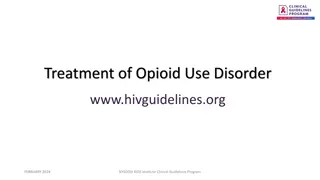
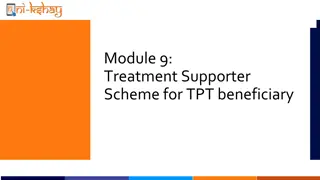
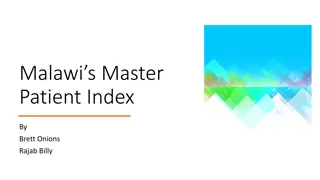

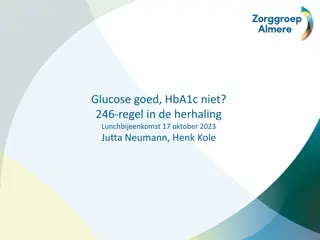


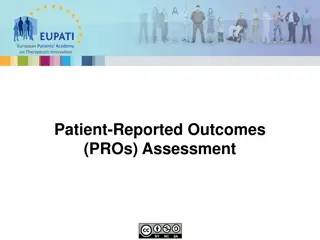
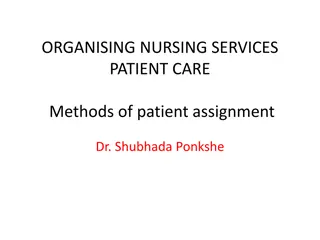

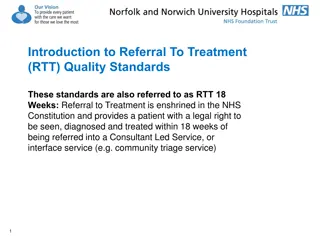
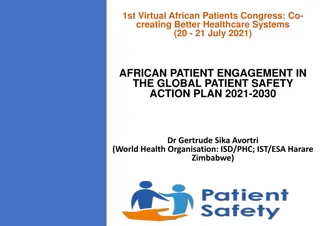


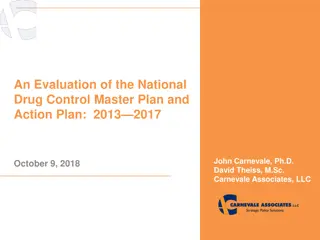
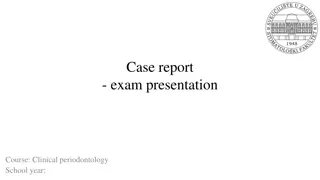
![Comprehensive Case Study on [Insert Case Title Here]](/thumb/159705/comprehensive-case-study-on-insert-case-title-here.jpg)
